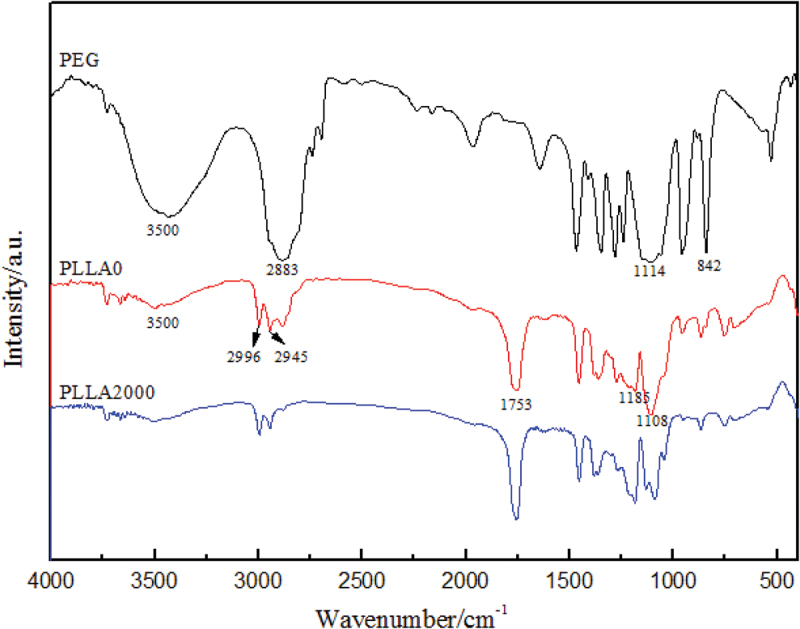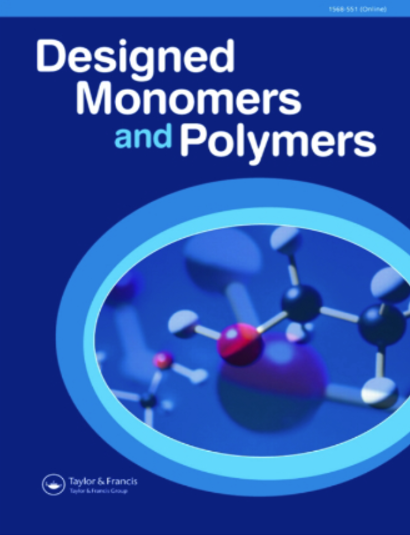Preparation of nanofibrous poly (L-lactic acid) scaffolds using the thermally induced phase separation technique in dioxane/polyethylene glycol solution.
IF 2.3
4区 化学
Q3 POLYMER SCIENCE
引用次数: 0
Abstract
Porous nanofibrous poly (L-lactic acid) (PLLA) scaffolds were fabricated in combination with a thermally induced phase separation technique using a dioxane/polyethylene glycol (PEG) system. The effect of factors such as molecular weight of PEG, aging treatment, aging or gelation temperature, and the ratio of PEG to dioxane were investigated. The results revealed that all scaffolds had high porosity, and had a significant impact on the formation of nanofibrous structures. The decrease in the molecular weight and aging or gelation temperature leads to a thinner and more uniform fibrous structure.



二氧六环/聚乙二醇溶液热诱导相分离技术制备纳米纤维聚乳酸支架。
采用二氧六环/聚乙二醇(PEG)体系,结合热诱导相分离技术制备了多孔纳米纤维聚乳酸(PLLA)支架。考察了PEG分子量、时效处理、时效或胶凝温度、PEG与二氧六环的比例等因素对聚乙二醇的影响。结果表明,所有支架都具有高孔隙率,对纳米纤维结构的形成有显著影响。分子量和老化或凝胶温度的降低导致纤维结构更薄、更均匀。
本文章由计算机程序翻译,如有差异,请以英文原文为准。
求助全文
约1分钟内获得全文
求助全文
来源期刊

Designed Monomers and Polymers
化学-高分子科学
CiteScore
3.30
自引率
0.00%
发文量
28
审稿时长
2.1 months
期刊介绍:
Designed Monomers and Polymers ( DMP) publishes prompt peer-reviewed papers and short topical reviews on all areas of macromolecular design and applications. Emphasis is placed on the preparations of new monomers, including characterization and applications. Experiments should be presented in sufficient detail (including specific observations, precautionary notes, use of new materials, techniques, and their possible problems) that they could be reproduced by any researcher wishing to repeat the work.
The journal also includes macromolecular design of polymeric materials (such as polymeric biomaterials, biomedical polymers, etc.) with medical applications.
DMP provides an interface between organic and polymer chemistries and aims to bridge the gap between monomer synthesis and the design of new polymers. Submssions are invited in the areas including, but not limited to:
-macromolecular science, initiators, macroinitiators for macromolecular design
-kinetics, mechanism and modelling aspects of polymerization
-new methods of synthesis of known monomers
-new monomers (must show evidence for polymerization, e.g. polycondensation, sequential combination, oxidative coupling, radiation, plasma polymerization)
-functional prepolymers of various architectures such as hyperbranched polymers, telechelic polymers, macromonomers, or dendrimers
-new polymeric materials with biomedical applications
 求助内容:
求助内容: 应助结果提醒方式:
应助结果提醒方式:


